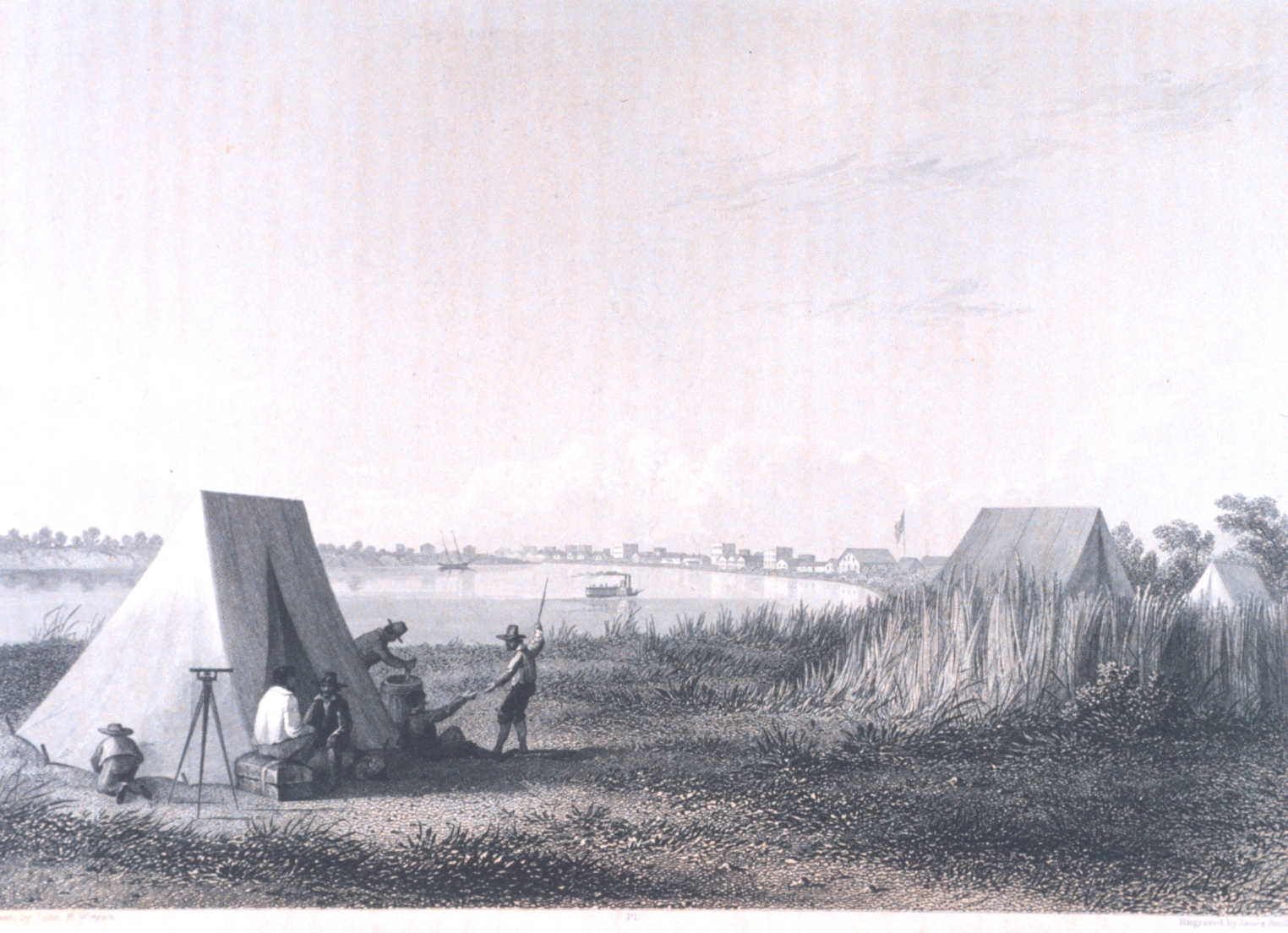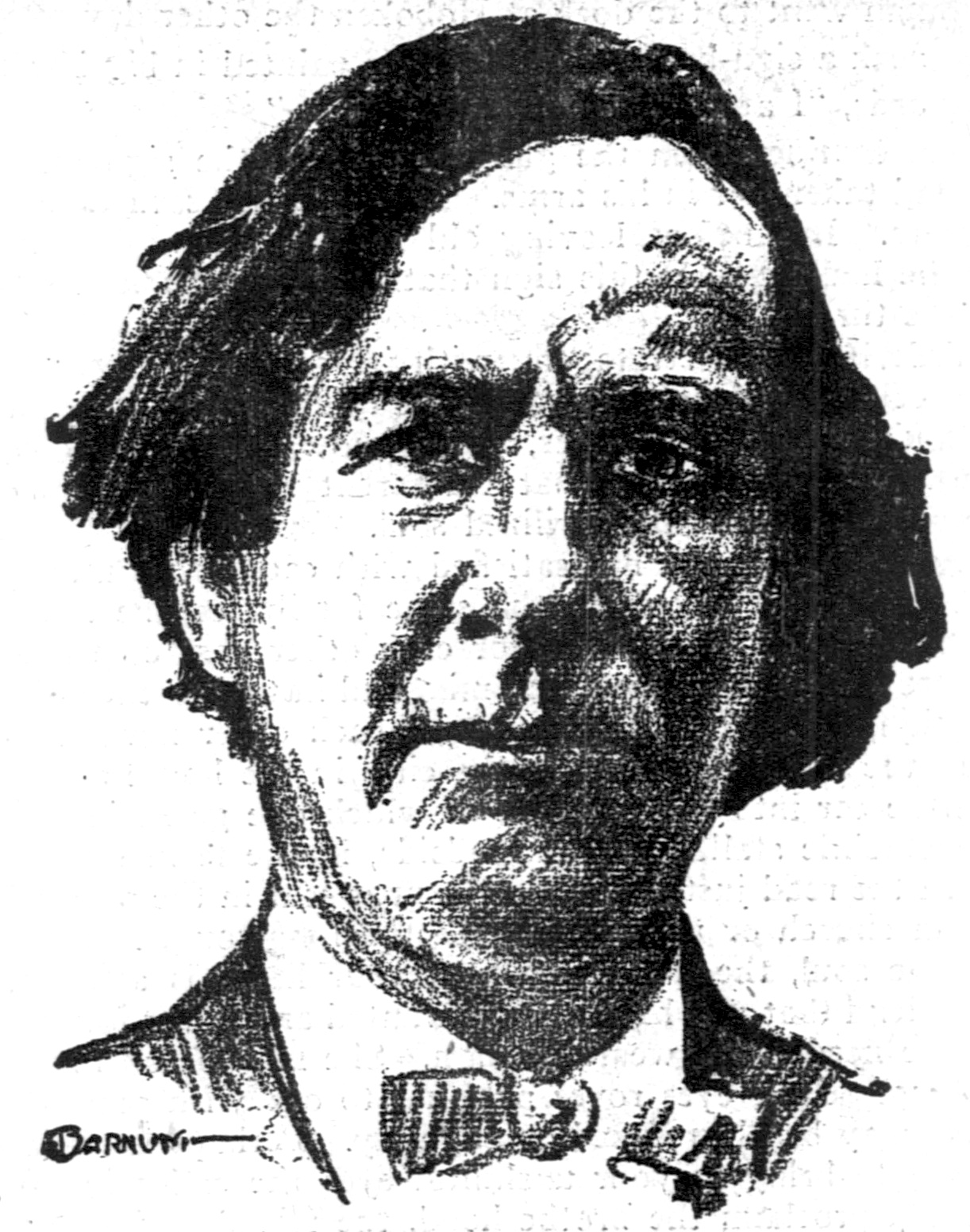|
Lago, Texas
Lago is a census-designated place (CDP) in Cameron County, Texas, United States. The population was 204 at the 2010 census. It is part of the Brownsville– Harlingen Metropolitan Statistical Area. Geography Lago is located west of the center of Cameron County at (26.087960, -97.612821). It is south of San Benito and northwest of the center of Brownsville. According to the United States Census Bureau, the CDP has a total area of , of which , or 6.99%, is water. Demographics At the 2000 census there were 246 people, 56 households, and 53 families in the CDP. The population density was 5,718.7 people per square mile (2,374.5/km). There were 57 housing units at an average density of 1,325.1/sq mi (550.2/km). The racial makeup of the CDP was 8.54% White, 91.46% from other races. Hispanic or Latino of any race were 99.59%. Of the 56 households 50.0% had children under the age of 18 living with them, 78.6% were married couples living together, 14.3% had a female hous ... [...More Info...] [...Related Items...] OR: [Wikipedia] [Google] [Baidu] |
Census-designated Place
A census-designated place (CDP) is a concentration of population defined by the United States Census Bureau for statistical purposes only. CDPs have been used in each decennial census since 1980 as the counterparts of incorporated places, such as self-governing cities, towns, and villages, for the purposes of gathering and correlating statistical data. CDPs are populated areas that generally include one officially designated but currently unincorporated community, for which the CDP is named, plus surrounding inhabited countryside of varying dimensions and, occasionally, other, smaller unincorporated communities as well. CDPs include small rural communities, edge cities, colonias located along the Mexico–United States border, and unincorporated resort and retirement communities and their environs. The boundaries of any CDP may change from decade to decade, and the Census Bureau may de-establish a CDP after a period of study, then re-establish it some decades later. Most unin ... [...More Info...] [...Related Items...] OR: [Wikipedia] [Google] [Baidu] |
Brownsville, Texas
Brownsville () is a city in Cameron County in the U.S. state of Texas. It is on the western Gulf Coast in South Texas, adjacent to the border with Matamoros, Mexico. The city covers , and has a population of 186,738 as of the 2020 census. It is the 139th-largest city in the United States and 18th-largest in Texas. It is part of the Matamoros–Brownsville metropolitan area. The city is known for its year-round subtropical climate, deep-water seaport, and Hispanic culture. The city was founded in 1848 by American entrepreneur Charles Stillman after he developed a successful river-boat company nearby. It was named for Fort Brown, itself named after Major Jacob Brown, who fought and died while serving as a U.S. Army soldier during the Mexican–American War (1846–1848). As a county seat, the city and county governments are major employers. Other primary employers fall within the service, trade, and manufacturing industries, including a growing aerospace and space transpor ... [...More Info...] [...Related Items...] OR: [Wikipedia] [Google] [Baidu] |
South Texas Independent School District
South Texas Independent School District (STISD) is a magnet school district headquartered in Mercedes, Texas (USA). STISD operates magnet schools that draw students from three counties: Cameron, Hidalgo and Willacy. STISD covers an area of , overlapping 28 other school districts. The only all-magnet school district in the state, STISD offers students an educational alternative. STISD schools provide hands-on training in various professional career fields. Because it is a magnet school district, there is no cost for students to attend, and school bus transportation is also free of charge. STISD schools maintain an open enrollment policy, meaning any student can attend so long as they reside within the tri-county area. All schools are accredited by the Texas Education Agency and Southern Association of Colleges and Schools. Over 95 percent of STISD graduates continue their education at major universities or technical colleges. History The district was created in 1964 by the Te ... [...More Info...] [...Related Items...] OR: [Wikipedia] [Google] [Baidu] |
San Benito Consolidated Independent School District .
San Benito Consolidated Independent School District is a public school district based in San Benito, Texas, United States. It was formed on April 26, 1952 via the merger of the San Benito Independent School District and the Rangerville Independent School District. In addition to San Benito, the district serves the incorporated towns of Los Indios and Rangerville, as well as the unincorporated communities of El Camino Angosto, Encantada-Ranchito El Calaboz, La Paloma, and Lago. A small portion of Harlingen also lies within the district. In 2009, the school district was rated "academically acceptable" by the Texas Education Agency The Texas Education Agency (TEA) is the branch of the government of Texas responsible for public education in Texas in the United States. Schools High schools *[...More Info...] [...Related Items...] OR: [Wikipedia] [Google] [Baidu] |
Poverty Line
The poverty threshold, poverty limit, poverty line or breadline is the minimum level of income deemed adequate in a particular country. The poverty line is usually calculated by estimating the total cost of one year's worth of necessities for the average adult.Poverty Lines – Martin Ravallion, in The New Palgrave Dictionary of Economics, 2nd Edition, London: Palgrave Macmillan The cost of housing, such as the rent for an apartment, usually makes up the largest proportion of this estimate, so economists track the real estate market and other housing cost indicators as a major influence on the poverty line. Individual factors are often used to account for various circumstances, such as whether one is a parent, elderly, a child, married, etc. The poverty threshold may be adjusted annually. In practice, like the definition of poverty, the official or common understanding of the poverty line is significantly higher in developed countries than in developing countries. In October 20 ... [...More Info...] [...Related Items...] OR: [Wikipedia] [Google] [Baidu] |
Median Income
The median income is the income amount that divides a population into two equal groups, half having an income above that amount, and half having an income below that amount. It may differ from the mean (or average) income. Both of these are ways of understanding income distribution. Median income can be calculated by household income, by personal income, or for specific demographic groups. Median equivalent adult income The following table represents data from OECD's "median disposable income per person" metric; disposable income deducts from gross income the value of taxes on income and wealth paid and of contributions paid by households to public social security schemes. The figures are equivalised by dividing income by the square root of household size. As OECD displays median disposable incomes in each country's respective currency, the values were converted here using PPP conversion factors for private consumption from the same source, accounting for each country's cost of ... [...More Info...] [...Related Items...] OR: [Wikipedia] [Google] [Baidu] |
Race And Ethnicity In The United States Census
Race and ethnicity in the United States census, defined by the federal Office of Management and Budget (OMB) and the United States Census Bureau, are the self-identified categories of race or races and ethnicity chosen by residents, with which they most closely identify, and indicate whether they are of Hispanic or Latino origin (the only categories for ethnicity). The racial categories represent a social-political construct for the race or races that respondents consider themselves to be and, "generally reflect a social definition of race recognized in this country." OMB defines the concept of race as outlined for the U.S. census as not "scientific or anthropological" and takes into account "social and cultural characteristics as well as ancestry", using "appropriate scientific methodologies" that are not "primarily biological or genetic in reference." The race categories include both racial and national-origin groups. Race and ethnicity are considered separate and distin ... [...More Info...] [...Related Items...] OR: [Wikipedia] [Google] [Baidu] |
2000 United States Census
The United States census of 2000, conducted by the Census Bureau, determined the resident population of the United States on April 1, 2000, to be 281,421,906, an increase of 13.2 percent over the 248,709,873 people enumerated during the 1990 census. This was the twenty-second federal census and was at the time the largest civilly administered peacetime effort in the United States. Approximately 16 percent of households received a "long form" of the 2000 census, which contained over 100 questions. Full documentation on the 2000 census, including census forms and a procedural history, is available from the Integrated Public Use Microdata Series. This was the first census in which a state – California – recorded a population of over 30 million, as well as the first in which two states – California and Texas – recorded populations of more than 20 million. Data availability Microdata from the 2000 census is freely available through the Integrated Public Use Microdata Serie ... [...More Info...] [...Related Items...] OR: [Wikipedia] [Google] [Baidu] |
San Benito, Texas
San Benito is a city in Cameron County, Texas, United States. Its population was 24,250 at the 2010 census. On April 3, 2007, San Benito celebrated the 100th anniversary of its naming. The post office was named "Diaz" from April to May 1907. The San Benito Museum, Freddy Fender Museum, and Conjunto Music Museum opened in the same building on November 17, 2007. On October 25, 1975, on the television show ''Hee Haw'', Freddy Fender saluted his hometown of San Benito, population 15,177. San Benito is part of the Brownsville–Harlingen–Raymondville and the Matamoros–Brownsville metropolitan areas. History San Benito is known as the "Resaca City". The Resaca de los Fresnos, wide, flows through the city. As indicated by its Spanish name, the ''resaca'' is a dry river bed. It is now the main canal of a large irrigation system. San Benito was at first named "Diaz" in honor of Porfirio Díaz, President of Mexico at that time. The people in the San Benito area were predominant ... [...More Info...] [...Related Items...] OR: [Wikipedia] [Google] [Baidu] |
Harlingen, Texas
Harlingen ( ) is a city in Cameron County in the central region of the Rio Grande Valley of the southern part of the U.S. state of Texas, about from the coast of the Gulf of Mexico. The city covers more than and is the second-largest city in Cameron County, as well as the fourth-largest in the Rio Grande Valley. As of the 2020 census, the city had a population of 71,892. Harlingen is a principal city of the Brownsville–Harlingen metropolitan area, which is part of the larger Brownsville–Harlingen–Raymondville combined statistical area, included in the Matamoros–Brownsville metropolitan region. History Harlingen's strategic location at the intersection of U.S. Route 77 and U.S. Route 83, co-designated as Interstate 69 East and Interstate 2, respectively, in northwestern Cameron County, fostered its development as a distribution, shipping, and industrial center. In 1904, Lon C. Hill (a man of Choctaw ancestry) envisioned the Rio Grande as a commercial waterway. He ... [...More Info...] [...Related Items...] OR: [Wikipedia] [Google] [Baidu] |
Census-designated Place
A census-designated place (CDP) is a concentration of population defined by the United States Census Bureau for statistical purposes only. CDPs have been used in each decennial census since 1980 as the counterparts of incorporated places, such as self-governing cities, towns, and villages, for the purposes of gathering and correlating statistical data. CDPs are populated areas that generally include one officially designated but currently unincorporated community, for which the CDP is named, plus surrounding inhabited countryside of varying dimensions and, occasionally, other, smaller unincorporated communities as well. CDPs include small rural communities, edge cities, colonias located along the Mexico–United States border, and unincorporated resort and retirement communities and their environs. The boundaries of any CDP may change from decade to decade, and the Census Bureau may de-establish a CDP after a period of study, then re-establish it some decades later. Most unin ... [...More Info...] [...Related Items...] OR: [Wikipedia] [Google] [Baidu] |



